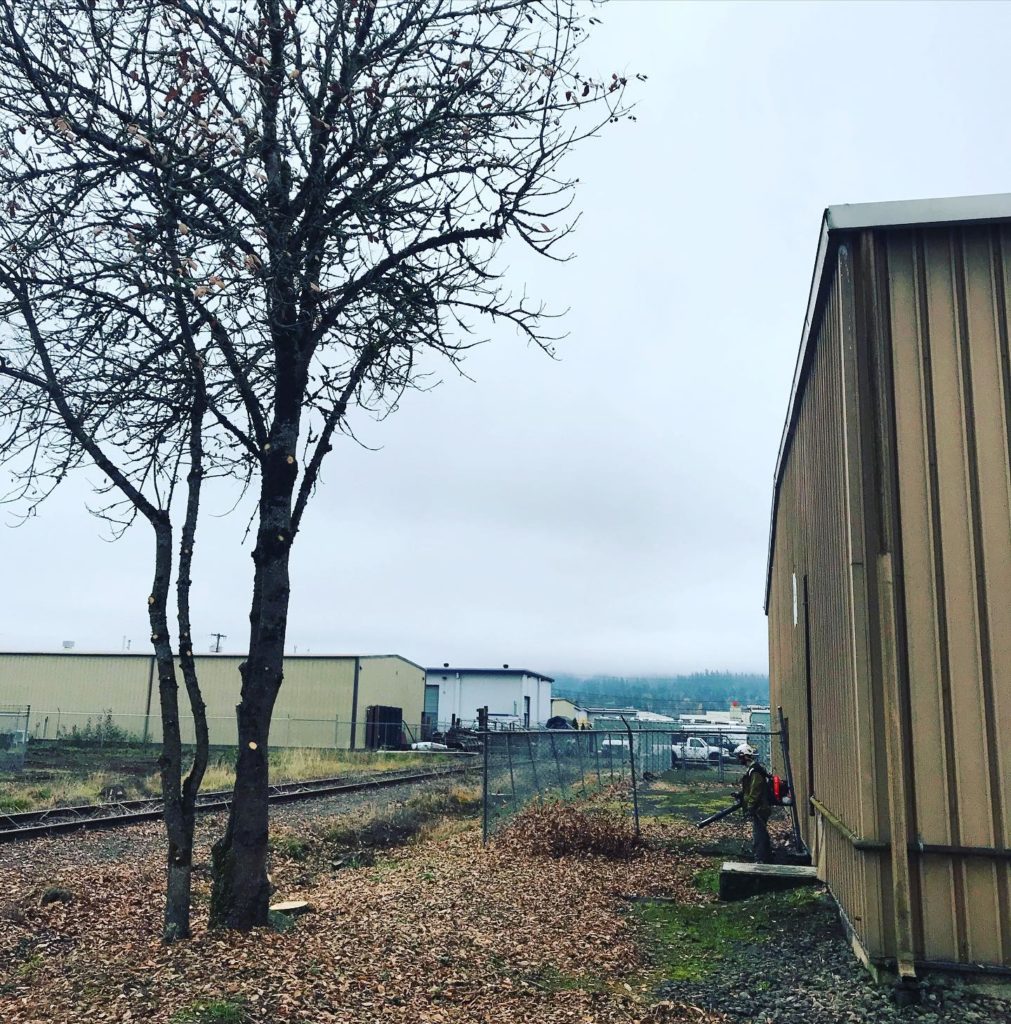History And Fact Of Oregon Ash (Fraxinus latifolia)
Fraxinus latifolia is a medium-sized deciduous tree that can reach heights of 20 m (65 ft) to 25 m (80 ft) tall, with a trunk diameter of 40 to 75 cm (16 to 30 in) in its 100 – Average lifespan of 150 years. Oregon ash can grow much larger and have a lifespan of well over 200 years, or become stunted and very small in drier habitats. It can develop a broad crown, almost as wide as a Bigleaf Maple ( Acer macrophyllum ) when growing outdoors, but the crowns remain narrow when part of a denser stand, similar to that red alder ( Alnus rubra ). The bark is distinguished by its dark gray-brown color and eventually develops a woven pattern of deep cracks and ridges.
The leaves are significantly lighter green than those of associated broadleaf species, turn bright yellow and drop in early fall. It is common for leaves and bark to show signs of disease and brown rot on otherwise healthy plants. Once the leaves have fallen from the plant in the fall and before it begins to leaf, the Oregon ash can be identified by its sturdy twigs and opposing branching and buds. Unlike bigleaf maples, ash twigs have woolly hairs. In mid to late spring, the tree produces small flowers that are not very noticeable. It’s dioecious; it takes two separate plants (male and female) to successfully pollinate and reproduce.
Human history and value
Oregon ash wood compare favorably with fine wood from Eastern ash but are rarely used for hardwood products due to its limited availability and distribution. The Cowlitz Indian tribe used their wood for canoe paddles and for digging sticks. Europeans, and later European Americans, have long preferred similar species of ash for comparable purposes such as tool handles and sports equipment. The light color of the wood is somewhat glossy, hard, strong, stiff, high impact resistance, flexible, machine usable, and wears smooth in use. Commercial application of Oregon ash has been limited due to the much more abundant eastern ash. Young, fast-growing ash wood is more elastic and more favorable for grips and baseball bats because it has wider growth rings. The wood of old ash trees in general is valued as firewood because of its fine grain and its fragility. It is commonly used as an ornamental or shade tree within and beyond its natural range in the Pacific Northwest due to its rapid growth rate, symmetrical shape, and hardiness. It is also known to be used for shelterbelts and to aid in riparian restoration due to its large root system and rapid growth.
Ecological role
Oregon ash is not shade tolerant and may eventually be replaced by more competitive trees such as Bigleaf Maples or Conifers that block light with their leaves or sheer pruning. This tree flourishes when its habitat is open due to flooding, ravage, or other disturbance. The Oregon ash grows vigorously from cut stumps or trees killed by fire. Young trees usually grow vigorously for their first 60 years, and their growth slows down considerably in subsequent years. This particular species of ash is well suited to soggy soils due to its moderately shallow, but extensive and widely distributed root system. It also allows the tree to withstand windstorms exceptionally well. Ash tolerates flooding much better than Douglas-fir and tall fir. The Oregon ash also provides food for songbirds, squirrels, and waterfowl through its seeds. Deer and elk are also known to graze on its foliage and shoots.
The company Prime Tree Service offers tree planting, tree pruning, tree thinning, and felling services in Lodi. Its team of professionals take care of tree pruning and deforestation or stump removal operations.
It operates in the commercial, industrial, and residential sector and provides its customers with relevant recommendations, adapted to each type of land and trees.
Contact us today: (209) 297-3338
Continue reading about “Tree Care Tips“

